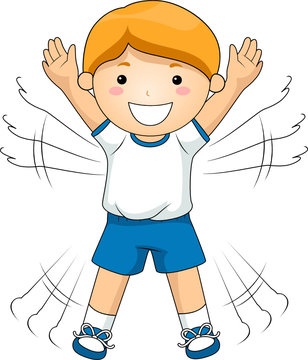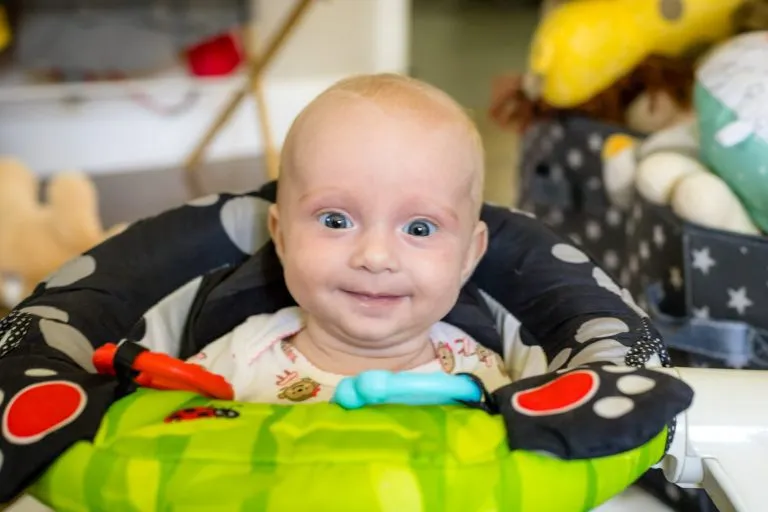The Clumsy Child: How much falling is too much?
Does your preschooler seem to trip and fall a little more than their friends? Does your child seem to stumble over the soccer ball more than their teammates? Read on to learn about the different aspects of balance and coordination and how a pediatric physical therapist can help keep your child safe and improve their participation.
Is my child less coordinated than their peers?
Coordination is the ability to use different parts of your body together. There are certain activities that physical therapists, physical education teachers, and pediatricians use to screen for coordination difficulties. Here are some benchmarks for the development of coordination-based gross motor skills:
- Kicking a ball: 2 years
- Walk up stairs alternating feet: 3 years
- Walk down stairs alternating feet: 4 years
- Gallop: 4 years
- Stepping with the opposite foot when throwing a ball: 6 years
- Skipping: 6 years
- Jumping Jacks: 7 years

Many parents also benefit from watching their child among same-age peers, such as recreational sport activity and free play at the playground.
Why is my child clumsier than others?
Balance and coordination have a strong correlation. Children who have difficulty synchronizing arm and leg movements are often the same children who trip on the stairs, fall during soccer, and throw with an “awkward” pattern.
Often, the root of the problem is core strength. Our trunk contains our center of mass, meaning when it has excessive movement and sway, our balance is easily thrown off. A pediatric physical therapist will assess your child’s trunk strength and control and see how it is impacting their overall movement.
Another reason for poor coordination and motor skills is low muscle tone. Children with low muscle tone use more energy and strength to do tasks compared to their peers. Muscle tone impacts your resting posture and muscle tension, making large movements more difficult.
A third aspect of coordination is symmetry. A child may have a significant preference for using one side of their body, making it stronger than the other and often having tightness in the weaker side as an attempt to “keep up”. A child typically does not show a true right- or left- handedness until preschool when they begin to hold markers and crayons. A physical therapist will assess muscle length, flexibility, and posture to ensure that your child is set up for success.
Other causes for impaired coordination include sensory integration, foot posture and arch development, poor postural stability, and more! Visit your local pediatric physical therapist for an evaluation to help determine why your child is falling often, and what can be done to help!
For ideas on games and activities that can easily be done at home to help address your child’s coordination and gross motor skills, read on here:
About the Author
Tamra Rutfield, PT, DPT has been a Physical Therapist since 2020, when she graduated from Northeastern University. She began working with adults in outpatient orthopedics, but quickly learned she was passionate for helping children develop gross motor skills that will shape their future. As a former gymnast, Tamra understands the importance of developing strength, flexibility, and coordination from an early age. She works in school and outpatient settings with the Developmental Steps family.




